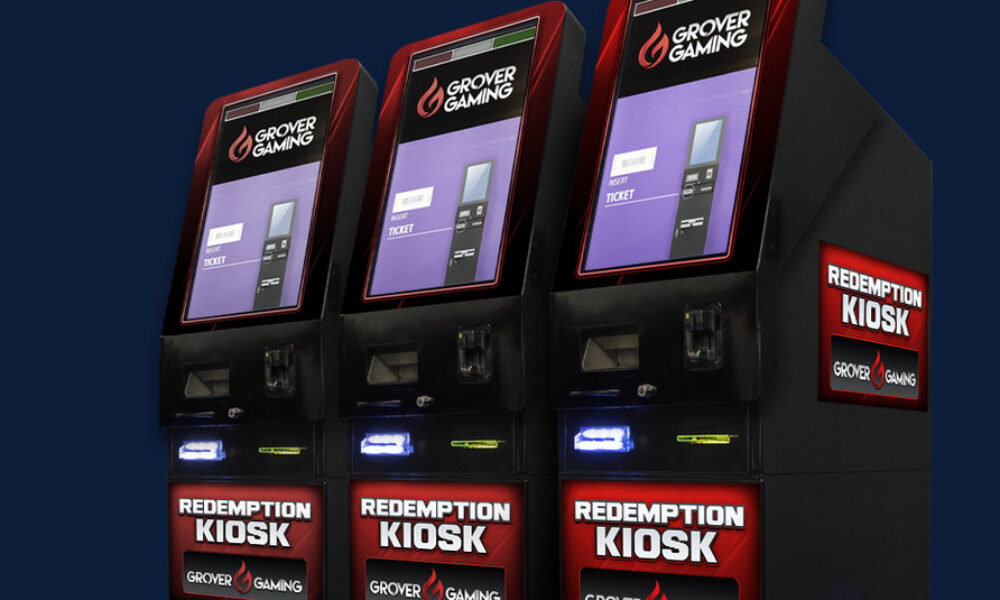Light & Wonder’s $1 billion purchase of pull-tab specialist Grover Gaming met with a favorable review from Macquarie Securities analyst Chad Beynon in an investor note released June 16.
Beynon wrote that the recently closed acquisition grants Light & Wonder a beachhead in the “attractive” and lucrative charitable-gambling industry, which generated $1.1 billion in revenue in the United States in 2024. The business, he added, is concentrated in 11 states and among four operators, counting Grover, the second biggest of them. The other three are Cleveland’s Arrow International, Minnesota-based Pilot Games, and 118-year-old Pollard Banknote.
Pollard has approximately 10,000 pull-tab machines in the field, representing 60 percent of U.S. market share. Grover, Beynon reported, “provides the machines and receives a revenue share from the venues.”
Predicting $196 million in cash flow for Grover, Beynon broke it down into three main revenue drivers. First, Grover could generate more win per day by enlarging its footprint and/or infusing the market with new machines. Secondly, Grover could penetrate the Minnesota market. Although the Gopher State encompasses 17,000 devices, it is unique being tablet only and is accessible only via a distributor, which may charge venues up to 25 percent of epull tab revenues. “We see earnings potential through displacing competition, but it will initially be a grind,” Beynon wrote.
Lastly, Indiana is set to launch electronic pull tabs in July. While this is projected to be a comparatively small market (4,000 machines), Grover would have only one competitor, Arrow. Each 10 percent of Hoosier State market share would translate into $3 million of cash flow.
Based in Greenville, North Carolina, Grover was founded in 2003. In addition to tablets, it sells 11 different pull-tab machines and offers a repertory of 100 games. At present, Grover operates in only five of the 11 potential states (North Dakota, Ohio, Virginia, Kentucky, and New Hampshire). It’s presently seeking licensure in Indiana. It also has pending entry into Minnesota and Maryland, all of which could increase its footprint by 140 percent or 20,000 machines, according to Beynon.
Per Macquarie’s calculations, Minnesota is a $365 million pull-tab market, 35 percent of the U.S. total. Revenue per tablet per day, since tablets were introduced in 2012, is estimated at $60. All other devices average $110 apiece per day.
Due to its emphasis on tablets, Pilot Games is believed to be the leading supplier in Minnesota currently. Grover anticipates a 2026 debut in the state. Gopher State bars and taverns may operate as many as 12 devices each. Bingo halls are granted a maximum of 50 each. Between them, they represent a 3,000-venue industry.
In Indiana, Beynon estimated a $155 million per year business in three or more years’ time. Both tablets and machines will be permissible under Hoosier State law. “Additionally, only fraternal or veterans organizations with at least five years of operations within Indiana are able to place epull tabs within venues, with industry estimates suggesting this leaves only around 1,000 locations as eligible,” the analyst continued.
Unlike Minnesota, suppliers will have direct relationships with venues. Penetration could be deep, as many as 2,000 people per device, compared to a maximum of 300 in Minnesota or thinly populated North Dakota.


